Technologies
iPhone 15: All the Major Rumors on Apple’s Next iPhone
Will the iPhone 15 get a wireless charging upgrade? A look at the rumored new feature and other reports we’ve heard so far.
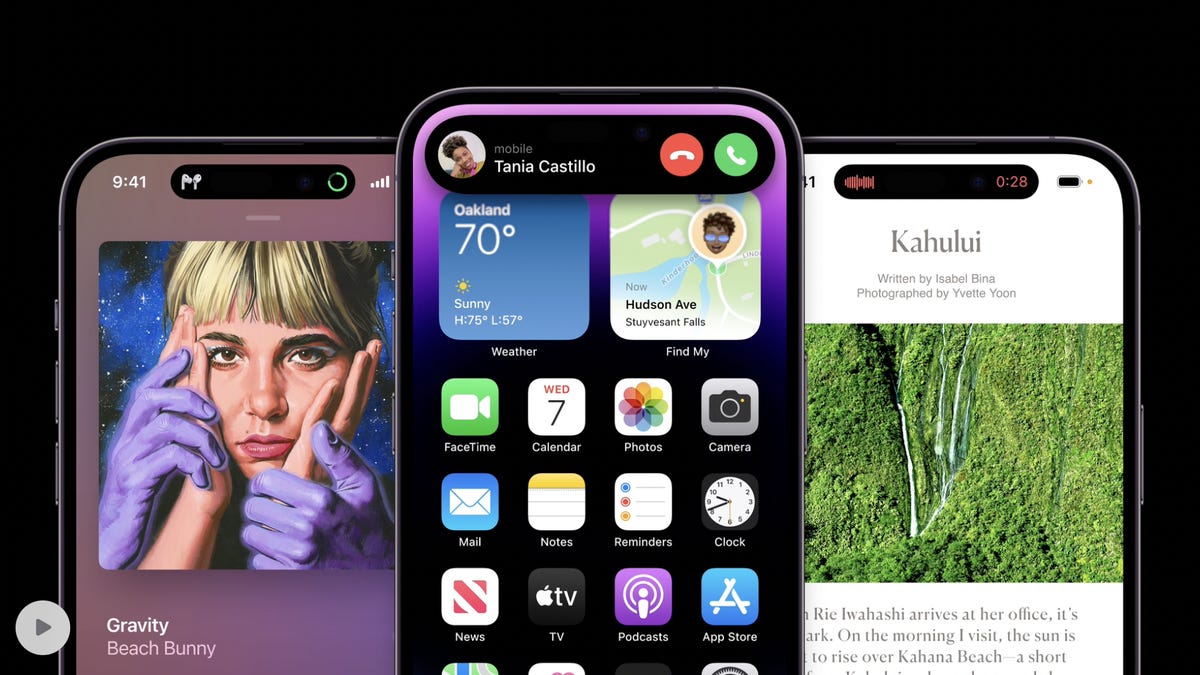
Advertiser Disclosure
Even with the announcement of Apple’s new augmented reality headset, anticipation (and rumors) haven’t dampened for the fall release of Apple’s next iPhone, presumably called the iPhone 15. Those rumors, plus last year’s EU ruling mandating USB-C charging on phones sold within Europe, might mean a number of departures from Apple’s traditional design. Will the iPhone 15 have a USB-C port? Will Apple increase iPhone prices in 2023? Will it even be called the «iPhone 15»? No one outside of Apple knows for sure, but these reports will certainly feed our curiosity until Apple throws the next iPhone event (probably in September). Here are some of the biggest and most credible rumors we’ve seen so far, to paint a picture of what we may see from the iPhone 15.
iPhone 15: Wireless charging upgrade
According to a May report by ChargerLab, a power specialist website with a steady track record, all iPhone 15 models will support 15W wireless charging using the Qi2 open standard. If this turns out to be true, it’ll mean the iPhone 15 could open up a whole new world of wireless charging devices that can replenish the device at its full speed. Apple had previously limited open wireless charging standards to 7.5W, leaving the full 15W charge speed for Apple MagSafe licensed accessories.
iPhone 15 camera: Periscope-style telephoto lens arrives
Noted Apple observer Ming-Chi Kuo, an analyst with TF International Securities, forecasts that the iPhone 15 Pro Max will receive a periscope-style telephoto lens. This sort of telephoto lens allows for higher optical zoom levels, with Kuo forecasting a 6x optical zoom could arrive in the iPhone 15 Pro Max. The optical zoom on the iPhone 14 Pro Max is limited to 3x, which lags rivals such as the Samsung Galaxy S22 Ultra‘s 10x optical zoom. This rumor was recently bolstered by well-known leak source and Twitter user Unknownz21, who stated that the Pro Max model will come with the special lens.
Read more: iPhone 14 Pro Cameras Are a Major Upgrade
iPhone 15 design: Hello USB-C, goodbye Lightning
This one has been in the rumor mill for years now, but in 2023 the switch from a Lightning Port to a USB-C port could finally happen. That’s possibly due to pressure from the European Union, which has been pushing for a common charging standard for years. In 2022, the bloc managed to pass legislation requiring Apple to equip its iPhones with USB-C ports by 2024 if it wants to sell them in the EU.
The question is whether Apple will switch all iPhone models to USB-C or just those sold in the EU. Apple already modifies iPhone models regionally, as it has done with the iPhone 14: The US version has an electronic SIM, while other variants retain the SIM slot. However, there are good reasons to move all iPhones to USB-C moving forward, according to Avi Greengart, analyst at Techsponential.
«There are larger ecosystem, security, and accessory considerations with the power/data connector, so I think it is more likely that Apple moves all iPhones [globally] to USB-C in the iPhone 16 timeframe to comply with European regulations,» he told CNET in an email.
Read more: Your Next iPhone Will Probably Need a Different Charging Cable
iPhone 15 design: Dynamic Island expands to all models
Apple is likely to continue selling four iPhone models with the iPhone 15 lineup. Rumors point to a generally similar design across the board, except that the iPhone 14 Pro’s shape-shifting cutout, known as Dynamic Island, is set to make its way across all models.
That rumor comes from display analyst Ross Young, who also said in a September tweet that he’s not expecting base iPhone 15 models to have a higher refresh rate like Apple’s Pro iPhones because the supply chain can’t support it.
Read more: iPhone 14 Pro’s Most Eye-Catching Feature Feels Like It’s Winking at Something Else
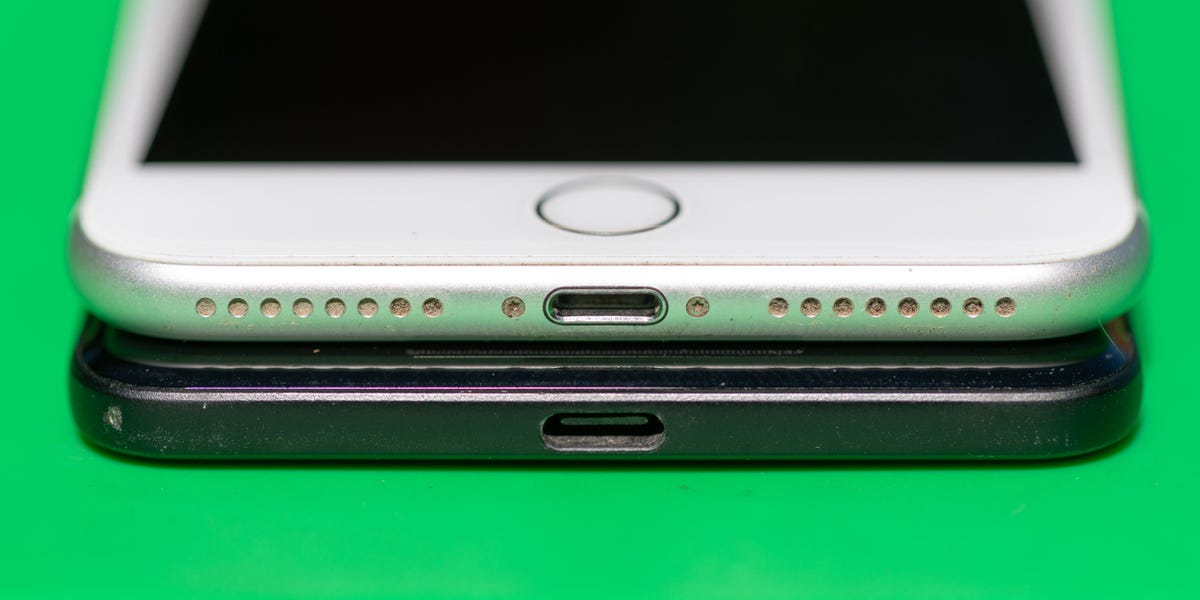
iPhones have had Lightning ports since the iPhone 5 in 2012. Android phones typically have the slightly larger USB-C.
iPhone 15: Solid-state buttons come to pro iPhone 15 models
Yet another Kuo prediction has been making the rounds, but this time the analyst expects Apple to differentiate further between its base and Pro models in the coming years. One way he’s expecting that to happen is by giving the iPhone 15 Pro models solid-state volume and power buttons instead of the standard keys present on today’s devices, he wrote in a tweet in October.
The solid-state buttons, which Kuo says will be similar to the home button found on the iPhone SE and iPhone 7, mimic the tactile feel of pressing a button with the help of haptic feedback. The apparent advantage of this type of button is that it also protects against water getting in.
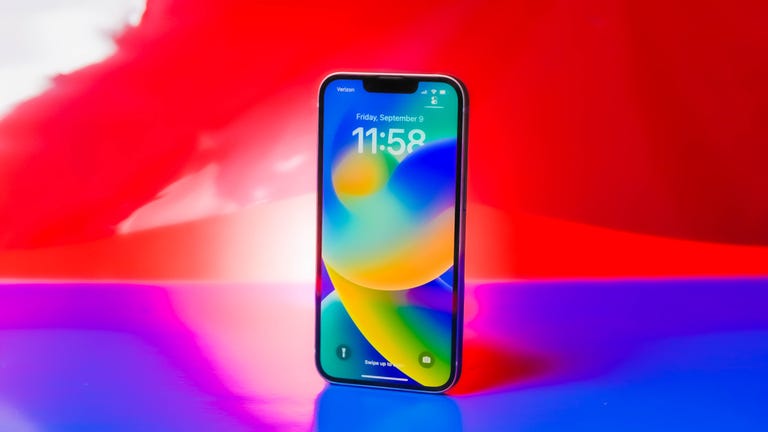
06:06
iPhone 15 Power: Increased RAM for pro models
According to Taiwanese research firm TrendForce, Pro models of the iPhone 15 lineup will get a bump up in RAM to 8GB from 6GB to complement the anticipated A17 Bionic chipset. Base models will continue to receive 6GB RAM, according to TrendForce. This rumor is also apparently backed up by a research report from analyst Jeff Pu of Haitong International Securities, according to a MacRumors article, which referenced Pu’s report.
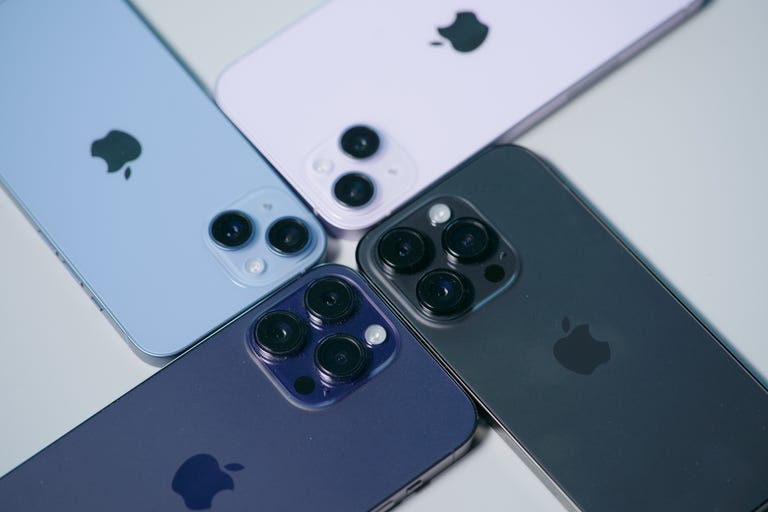
08:28
iPhone 15 price: Up, up and away?
Prices have dramatically increased since the original iPhone arrived in 2007. And that may happen again in 2023 with the iPhone 15, except not in the way you might think. The price of the regular iPhone 15 is currently expected to remain the same, according to analysts who previously spoke with CNET.
However, the upper limit of the price range could be pushed higher if rumors about a luxe iPhone 15 Ultra turn out to be true. The rumored Ultra model could potentially replace the iPhone 15 Pro Max next year, Bloomberg’s Mark Gurman writes. This falls in line with predictions from Kuo, who expects Apple to differentiate further between the iPhone Pro and iPhone Pro Max models. However, other rumors suggest that the iPhone 15 Ultra as a step up from the iPhone 15 Pro Max. US prices currently range from $829 for the entry-level iPhone 14 model (128GB) all the way up to $1,599 for the highest-end iPhone 14 Pro Max with 1TB of storage. According to tipster Revengus, the iPhone 15 Ultra will feature a telephoto camera with a variable zoom lens, which is the camera setup rumored to feature on Samsung’s Galaxy S24 Ultra.
Read more: What Apple Could Do With iPhone 15 Prices in 2023
iPhone 15 Ultra camera: Variable zoom
According to tipster Revengus, the iPhone 15 Ultra will feature a telephoto camera with a variable zoom lens, which is the camera setup rumored to feature on Samsung’s Galaxy S24 Ultra. Variable optical zoom (continuous zoom) cameras aren’t commonly found on smartphones for a variety of reasons including the size and design of phone cameras restricts the type of lenses that can be used.
iPhone 15: Launch and release timeline
Apple holds its annual iPhone event in September almost every year, so we’d expect the timeline to remain the same for the iPhone 15. New iPhones typically get released shortly thereafter, usually the Friday of the following week. Sometimes Apple will stagger release dates for specific models, especially when introducing a new design or size. So it’s possible that the iPhone 15 lineup will have more than one release date.
Here’s what we know:
- Apple tends to hold its events on Tuesdays or Wednesdays. Apple’s iPhone 14 event was held on Wednesday Sept. 7, while its iPhone 13 event was held on Tuesday, Sept. 14.
- iPhone release dates are typically a week and a half after Apple’s announcements.
- In general, new iPhones are released on a Friday, around the third week of September. For the iPhone 13, preorders began Sept. 17 and the phones went on sale Sept. 24.
Looking for more iPhone advice? Check out our iPhone upgrade guide, our list of the best iPhones and our roundup of the best cases for your iPhone 14 or 14 Pro.
Technologies
Stay Informed About Your Flights This Holiday Season With Your iPhone’s Tracker
Your iPhone is hiding a flight tracker. Here’s how it works.
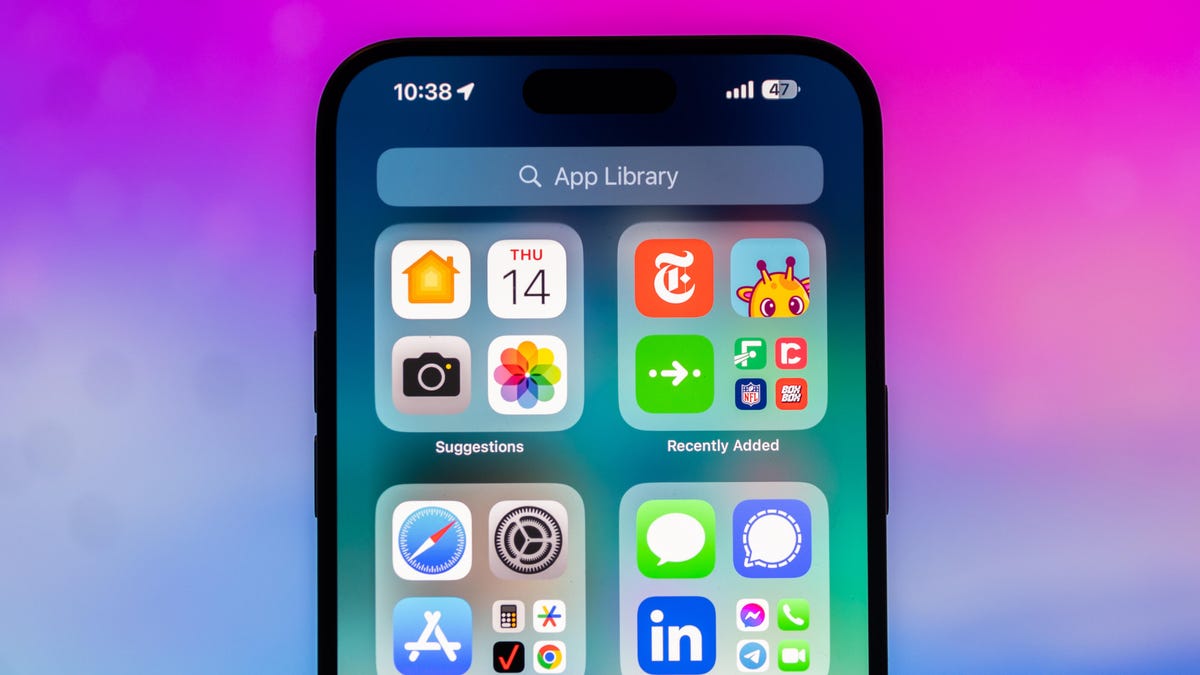
Thanksgiving is only a few short weeks away and if you plan on flying during the holiday season, keeping up-to-date on changes to your flights is crucial. Airports can be hectic during any holiday, but with the government shutdown continuing, flights are liable to change or be cancelled more often.
Luckily, it’s never been easier to get up-to-date information about your flight. For starters, your airline probably has an app, and if not, you can check its website. If you’re in a hurry, you can Google the flight number. Or you can just use your iPhone’s built-in flight tracker that’s sneakily tucked away.
That’s right: Your iPhone has a flight tracker that you may have never known about. It’s there for when it’s needed. Below, we’ll show you have to access it in not one, but two places, so you never have to go hunting for your flight info elsewhere again.
Don’t miss any of our unbiased tech content and lab-based reviews. Add CNET as a preferred Google source on Chrome.
For more on the iPhone, check out everything Apple announced at WWDC 2025.
How to track your flight via iMessage
Before we start, there are a few prerequisites you must meet:
- Make sure iMessage is enabled (it doesn’t work with SMS/MMS).
- You’ll need your flight number somewhere in your text messages, whether you’ve sent that information to someone (even yourself) or it’s been sent to you.
- The flight number must be sent in this format: [Airline] [Flight number], for example, American Airlines 9707.
Launch the native Messages app on your iPhone and open the text message thread that contains your flight information. You’ll know the flight tracker feature works when the text with the flight information appears underlined, which means it’s actionable and you can tap on it.
If your flight is still several months away or it’s already passed, you might see a message that says, «Flight information unavailable.» You might also see another flight that’s not yours because airlines recycle flight numbers.
You can check your flight status from Spotlight Search, too
If getting your flight information from Messages wasn’t easy enough, you can also grab the details right from your iPhone’s home screen by swiping down and adding your flight number into Spotlight Search. Even better, this works with Spotlight Search on your Mac computer, too.
How to access the hidden flight tracker
Although the airline name/flight number format highlighted above is the best way to go, there are other texting options that will lead you to the same result. So let’s say we stick with American Airlines 9707, other options that may bring up the flight tracker include:
- AmericanAirlines9707 (no spaces)
- AmericanAirlines 9707 (only one space)
- AA9707 (airline name is abbreviated and no space)
- AA 9707 (abbreviated and space)
I would suggest you keep the airline name spelled out completely and add a space between the two pieces of information — like in the previous section — because for some airlines, these alternative options may not work.
Real-time flight tracking
Once everything is set, tap on the flight information in your text messages. If the feature works correctly, you should see the following two options appear in a quick-action menu:
- Preview Flight: View the flight’s details. Tap this to view more information about the flight.
- Copy Flight Code: Copy the flight code to your clipboard (in case you want to send your flight details to someone else via text or email).
If you select Preview Flight, at the top of the window, you’ll see the best part of this feature: a real-time flight tracker map. A line will connect the two destinations, and a tiny airplane will move between them, indicating where the flight is at that exact moment.
Underneath the map, you’ll see important flight information:
- Airline name and flight number
- Flight status (arriving on time, delayed, canceled, etc.)
- Terminal and gate numbers (for arrival and departure)
- Arrival and departure time
- Flight duration
- Baggage claim (the number of the baggage carousel)
If you swipe left on the bottom half of the flight tracker, you can switch between flights, but only if there’s a return flight.
For more travel tips, don’t miss our test on whether AI can help you fly more sustainably.
Technologies
How to Get Verizon’s New Internet Plan for Just $25 Per Month
Technologies
This $20K Humanoid Robot Promises to Tidy Your Home. But There Are Strings Attached
The new Neo robot from 1X is designed to do chores. It’ll need help from you — and from folks behind the curtain.

It stands 5 feet, 6 inches tall, weighs about as much as a golden retriever and costs near the price of a brand-new budget car.
This is Neo, the humanoid robot. It’s billed as a personal assistant you can talk to and eventually rely on to take care of everyday tasks, such as loading the dishwasher and folding laundry.
Neo doesn’t work cheap. It’ll cost you $20,000. And even then, you’ll still have to train this new home bot, and possibly need a remote assist as well.
If that sounds enticing, preorders are now open (for a mere $200 down). You’ll be signing up as an early adopter for what Neo’s maker, a California-based company called 1X, is calling a «consumer-ready humanoid.» That’s opposed to other humanoids under development from the likes of Tesla and Figure, which are, for the moment at least, more focused on factory environments.
Neo is a whole order of magnitude different from robot vacuums like those from Roomba, Eufy and Ecovacs, and embodies a long-running sci-fi fantasy of robot maids and butlers doing chores and picking up after us. If this is the future, read on for more of what’s in store.
Don’t miss any of our unbiased tech content and lab-based reviews. Add CNET as a preferred Google source.
What the Neo robot can do around the house
The pitch from 1X is that Neo can do all manner of household chores: fold laundry, run a vacuum, tidy shelves, bring in the groceries. It can open doors, climb stairs and even act as a home entertainment system.
Neo appears to move smoothly, with a soft, almost human-like gait, thanks to 1X’s tendon-driven motor system that gives it gentle motion and impressive strength. The company says it can lift up to 154 pounds and carry 55 pounds, but it is quieter than a refrigerator. It’s covered in soft materials and neutral colors, making it look less intimidating than metallic prototypes from other companies.
The company says Neo has a 4-hour runtime. Its hands are IP68-rated, meaning they’re submersible in water. It can connect via Wi-Fi, Bluetooth and 5G. For conversation, it has a built-in LLM, the same sort of AI technology that powers ChatGPT and Gemini.
The primary way to control the Neo robot will be by speaking to it, just as if it were a person in your home.
Still, Neo’s usefulness today depends heavily on how you define useful. The Wall Street Journal’s Joanna Stern got an up-close look at Neo at 1X’s headquarters and found that, at least for now, it’s largely teleoperated, meaning a human often operates it remotely using a virtual-reality headset and controllers.
«I didn’t see Neo do anything autonomously, although the company did share a video of Neo opening a door on its own,» Stern wrote last week.
1X CEO Bernt Børnich told her that Neo will do most things autonomously in 2026, though he also acknowledged that the quality «may lag at first.»
The company’s FAQ says that for any chore request Neo doesn’t know how to accomplish, «you can schedule a 1X Expert to guide it» to help the robot «learn while getting the job done.»
What you need to know about Neo and privacy
Part of what early adopters are signing up for is to let Neo learn from their environment so that future versions can operate more independently.
That learning process raises privacy and trust questions. The robot uses a mix of visual, audio and contextual intelligence — meaning it can see, hear and remember interactions with users throughout their homes.
«If you buy this product, it is because you’re OK with that social contract,» Børnich told the Journal. «It’s less about Neo instantly doing your chores and more about you helping Neo learn to do them safely and effectively.»
Neo’s reliance on human operation behind the scenes prompted a response from John Carmack, a computer industry luminary known for his work with VR systems and the lead programmer of classic video games including Doom and Quake.
«Companies selling the dream of autonomous household humanoid robots today would be better off embracing reality and selling ‘remote operated household help’,» he wrote in a post on the X social network (formerly Twitter) on Monday.
1X says it’s taking steps to protect your privacy: Neo listens only when it recognizes it’s being addressed, and its cameras will blur out humans. You can restrict Neo from entering or viewing specific areas of your home, and the robot will never be teleoperated without owner approval, the company says.
But inviting an AI-equipped humanoid to observe your home life isn’t a small step.
The first units will ship to customers in the US in 2026. There is a $499 monthly subscription alternative to the $20,000 full-purchase price, though that will be available at an unspecified later date. A broader international rollout is promised for 2027.
Neo’s got a long road ahead of it to live up to the expectations set by Rosie the Robot in The Jetsons way back when. But this is no Hanna-Barbera cartoon. What we’re seeing now is a much more tangible harbinger of change.
-

 Technologies3 года ago
Technologies3 года agoTech Companies Need to Be Held Accountable for Security, Experts Say
-

 Technologies3 года ago
Technologies3 года agoBest Handheld Game Console in 2023
-

 Technologies3 года ago
Technologies3 года agoTighten Up Your VR Game With the Best Head Straps for Quest 2
-

 Technologies4 года ago
Technologies4 года agoVerum, Wickr and Threema: next generation secured messengers
-

 Technologies4 года ago
Technologies4 года agoBlack Friday 2021: The best deals on TVs, headphones, kitchenware, and more
-

 Technologies4 года ago
Technologies4 года agoGoogle to require vaccinations as Silicon Valley rethinks return-to-office policies
-

 Technologies4 года ago
Technologies4 года agoOlivia Harlan Dekker for Verum Messenger
-

 Technologies4 года ago
Technologies4 года agoiPhone 13 event: How to watch Apple’s big announcement tomorrow
